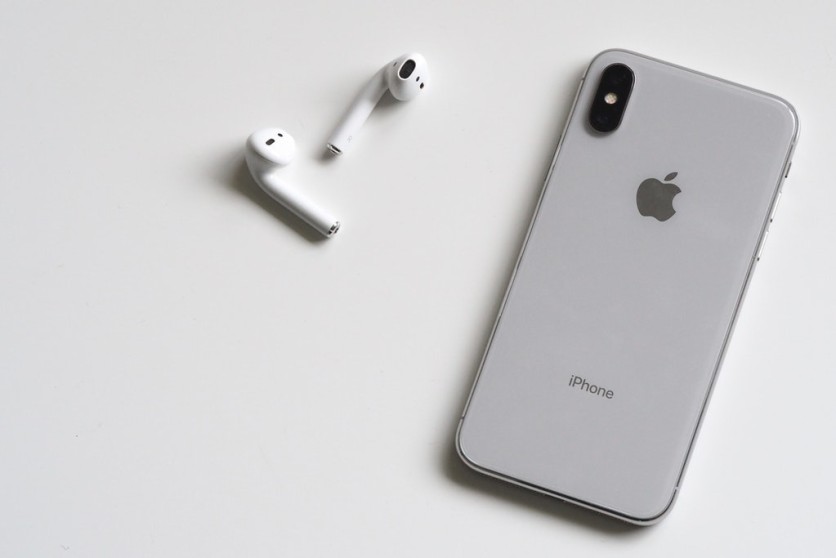A new Apple patent seems to be exploring the possibility of exhibiting a 3D image on a flat-screen without the involvement of Apple Glass. This time, we could potentially see the same render in our iPhones.
While there is no assurance that this patent will happen in the future, Apple will take a short stroll about what this proposal could bring to the public. In the meantime, let's know the further details about this patent.
Split-screen Driving of Electronic Device Displays

Apple has another puzzle to throw for its users since this time, the patent is currently named "Split-screen driving of electronic device displays."
Imagine if you want to summon a 3D image to your current device. It will not be possible since it is not programmed for such a particular service
What we could expect to see is more of an AR (Augmented Reality) and VR (Virtual Reality) media which could flash right before our eyes. The catch will be not relying on a high-end headset such as the Apple Glass.
Read Also: Apple New Patent: IPhone Design Borrows Mac Pro's 3D Built--A Glimpse of What's Inside it
According to Apple, this invention could be tough for them since the main subject will be the regular tablet or a smartphone which will house the content. The Cupertino giant will also consider the luminance offsets, motion blur, and other visible artifacts which could appear displeasing to the users.
Moreover, it is not easy to keep both separate pictures in sync, since the users have only limited vision to what they see when the device takes over the system.
This applies that an Apple Glass should primarily hold a good screen position in front of the eyes, Apple Insider reported.
While this is far different from a previous patent that focuses on generating long-distance selfies, the direction where you are looking cannot be determined by the device.
For instance, when you are holding an iPhone in your hand, it will not tell you if you are gazing in a particular direction. However, Apple has already used it before in the gaze system.
Furthermore, the patent also does not inform the user's appearance on the screen. Additionally, it also does not tackle the way the user holds the device to activate the 3D content.
The patent emphasizes the function of the screen to produce the AR/VR videos in front of the user.
How Do the 3D Effects Work on the Patent?
Think of the screen as a display that we used to see in the movies. The same works for this Apple patent.
A user could conjure the 3D images as long as he/she can do image-splitting using the eyes. It is not yet clear how it should be done properly, but it points out the way how a screen displays two various images.
There are also display pixels in the form of arrays that appear in the display itself. For the arrangement, they are organized in columns and rows. Meanwhile, the said groups of pixels are sequentially operated by the display from the top to bottom.
A systematic luminance offset on the display's right and left parts could happen when the generated image is split on the screen.
"This can be particularly problematic if backlight strobing or pulsing is implemented to reduce motion blur," Apple explained.
Related Article : Apple Patents AR Technology Converting Any Surface Into Touchscreen
This article is owned by Tech Times
Written by Joseph Henry
ⓒ 2025 TECHTIMES.com All rights reserved. Do not reproduce without permission.




